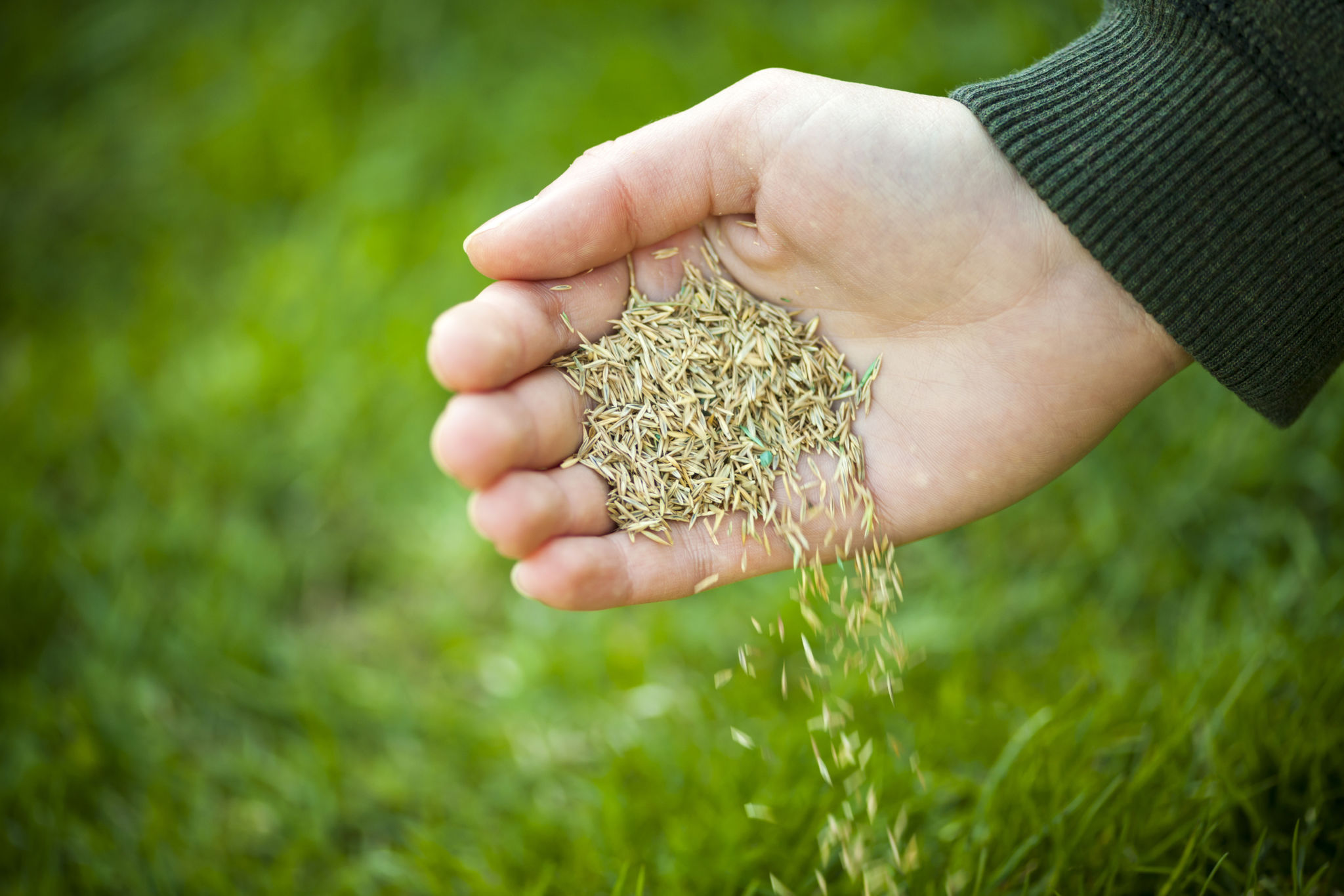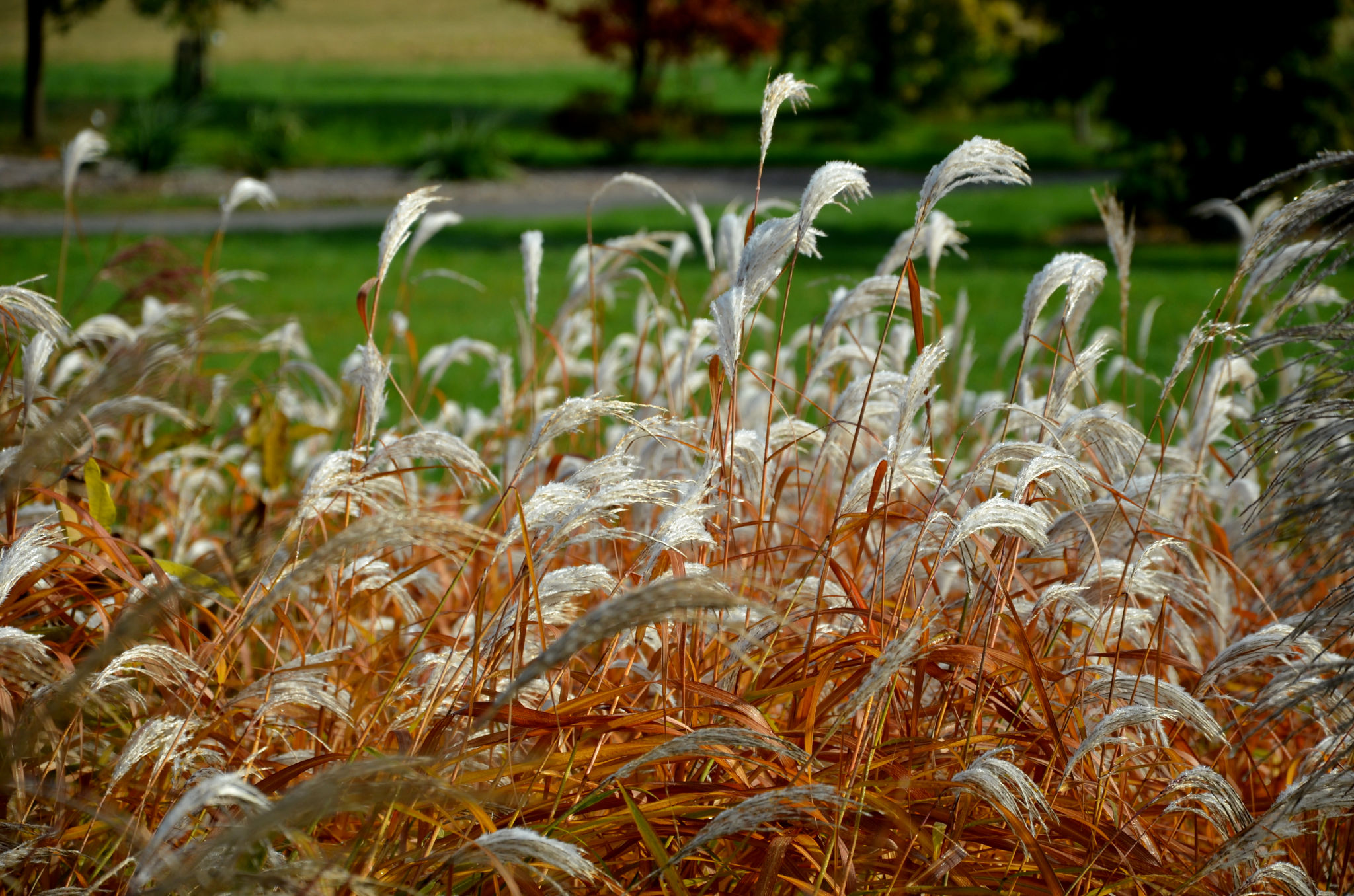5 Common Myths About Seed and Sod Installs Debunked
Understanding Seed and Sod: Debunking the Myths
When it comes to creating a lush, green lawn, homeowners often face the choice between seed and sod. Unfortunately, several myths can cloud judgment and lead to misguided decisions. In this post, we aim to debunk some of the most common myths about seed and sod installations.

Myth 1: Sod Is Always More Expensive Than Seed
It’s a widespread belief that sod is significantly more expensive than seed. While it's true that the initial cost of sod can be higher, this doesn't account for the long-term expenses associated with growing grass from seed. When you factor in the costs of additional watering, fertilizers, and the time it takes for the grass to establish, sod can be a cost-effective solution in many situations.
Moreover, sod offers an instant lawn, which can save money on erosion control and reduce the need for ongoing maintenance during establishment. It's important to consider both short-term and long-term costs when making your decision.
Myth 2: Seed Is Too Difficult to Grow
Some people shy away from planting grass seed because they believe it’s too difficult to grow. In reality, with the right preparation and care, seeding can be a straightforward process. The key to successful seeding lies in choosing the right type of grass for your climate, preparing the soil properly, and maintaining consistent watering until germination.

Additionally, advancements in seed technology have led to the development of grass varieties that are more drought-resistant and require less maintenance. Therefore, growing grass from seed is not as daunting as it may seem.
Myth 3: Sod Is Maintenance-Free
Another common misconception is that sod is a maintenance-free solution. While sod does provide an immediate lawn, it still requires care to thrive. New sod needs regular watering to establish roots and should be mowed at proper heights to encourage healthy growth.
Just like seeded lawns, sod lawns benefit from regular fertilization and pest control measures. They may also require occasional aeration to prevent soil compaction. Understanding these maintenance needs is crucial for the long-term health of your sod lawn.

Myth 4: Seed Takes Too Long to Grow
Many homeowners are under the impression that seeded lawns take forever to grow. While it’s true that sod provides instant gratification, seeds can establish surprisingly quickly under ideal conditions. Many grass types start germinating in just 5 to 10 days.
The total time for a seeded lawn to mature can vary depending on the grass species and environmental conditions. However, with proper care, a seeded lawn can become lush and dense within just one growing season.
Myth 5: Sod Is Always Superior to Seed
This myth stems from the appeal of immediate results with sod. However, seed offers unmatched versatility when it comes to selecting grass types that are best suited for specific climates and soil conditions. This customization can lead to a more resilient lawn in the long run.
Sod is pre-grown and may not always match specific preferences or regional needs as closely as seed can. Therefore, the choice between seed and sod should be based on individual priorities, including budget, climate adaptability, and maintenance preferences.

In conclusion, both seed and sod have their own set of advantages and challenges. By debunking these common myths, homeowners can make more informed decisions about which option best suits their needs for a beautiful and sustainable lawn.
